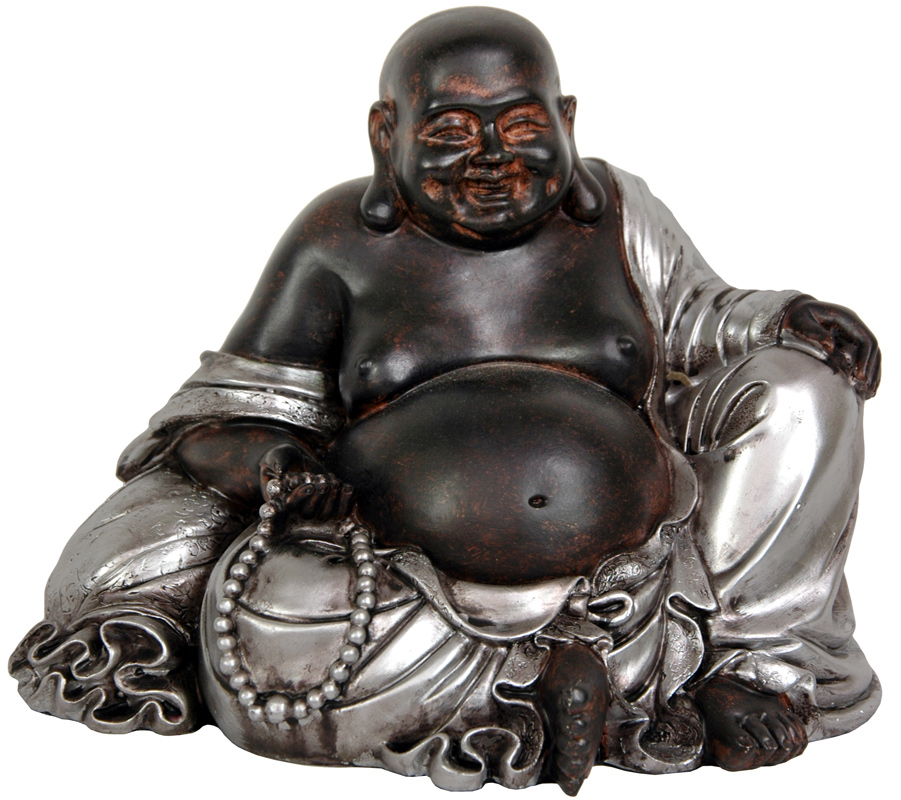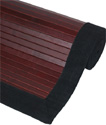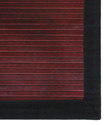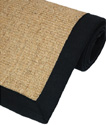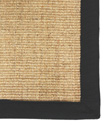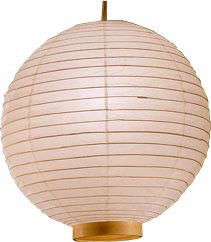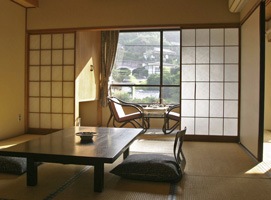 We are excited to introduce a wonderful, beautiful collection of classic Japanese design Geisha figurines, crafted from heavy cast resin with scrimshaw style carving. These designs are based on ancient whale & cow bone carving, in the “netsuke” carving tradition of medieval Japan, the time of the samurai, ninjas & shoguns.
We are excited to introduce a wonderful, beautiful collection of classic Japanese design Geisha figurines, crafted from heavy cast resin with scrimshaw style carving. These designs are based on ancient whale & cow bone carving, in the “netsuke” carving tradition of medieval Japan, the time of the samurai, ninjas & shoguns.
Each casting has been delicately hand painted; some just the facial details & elaborate hair styles and some with intricately rendered colorful kimonos & obi (sashes). Ranging between 14 & 18” tall, these are stunning works of Asian art, beautiful collectibles, perfect for a shelf or hearth, as well as a curio cabinet or display case.
The kimono each figurine is wearing is one of more than one hundred classic kimono designs, each symbolic of particular seasonal festivals, imperial holidays, historical commemorations, and traditional mythical celebrations.
The hairstyles can be in one of many styles, referred to as “shimada;” the “mage” bun style was the most popular. The elaborate hair combs & hairpins a Geisha wore were indicative of her junior or senior status, called “kanzashi”.
Contrary to popular belief, Geisha’s are not courtesans or even concubines; rather they are part of a tradition of feminine companionship without analogy in Western traditions. By their extraordinary costume & makeup, their refined & graceful conversation, and delicate, almost ballet like movements in serving tea or sake, the Geisha provided a transcendent experience of feminine beauty. (more…)

